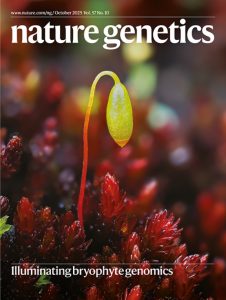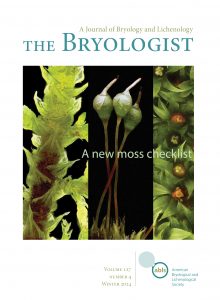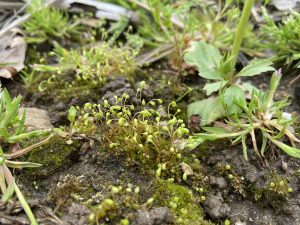
Dirick L., Y. Liu, S. Dong, J. Yu, L. Ouerdane, C. Curie & B. Goffinet. 2025. Multiple independent acquisitions of a metallophore-synthesis gene by plants through horizontal microbial gene transfer. Nature Communications 16: 8339. pdf Google scholar
Abstract reads: The evolution of land plants is marked by major innovations enhancing their vegetative and reproductive fitness. Despite their extensive adaptations to terrestrial habitats, plants rely on ecological interactions with microbes for various physiological processes. Beyond their role as critical partners in the conquest of, and diversification on land, fungi and bacteria also serve as sources of genetic tools. Analyses of the gene space of land plant model organisms suggest that such transfers are unique and ancient. However here, using genomic data spanning the diversity of mosses, we demonstrate that a metallophore-synthesis gene was acquired independently from distinct microbial donors by at least five plant lineages. Furthermore we find that the first NAS gene acquired by mosses was later replaced by another fungal copy, transferred to another major moss lineage. Such a complex history of acquisition of a gene may reflect a more general pattern of highly dynamic gene exchange across the tree of life.





